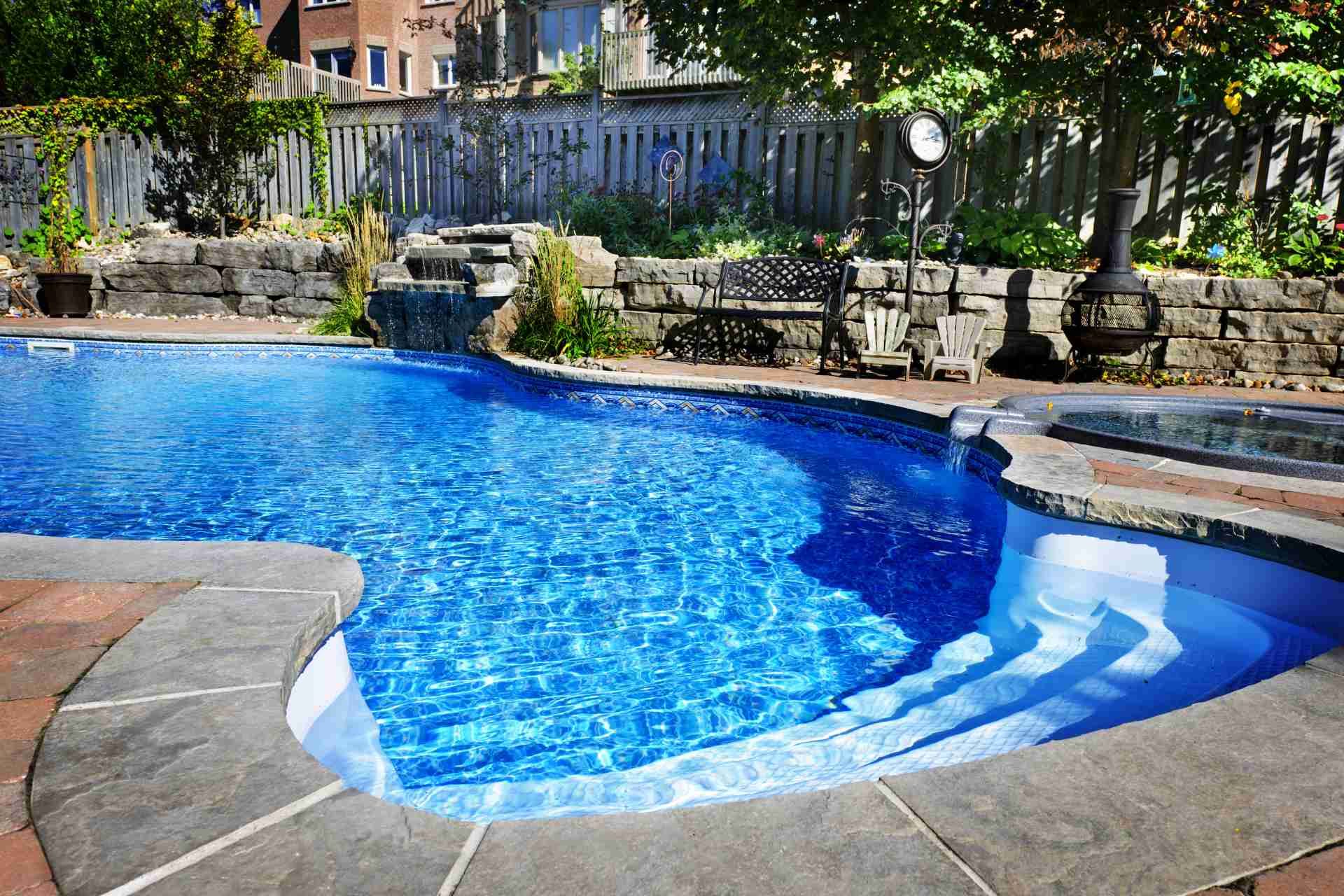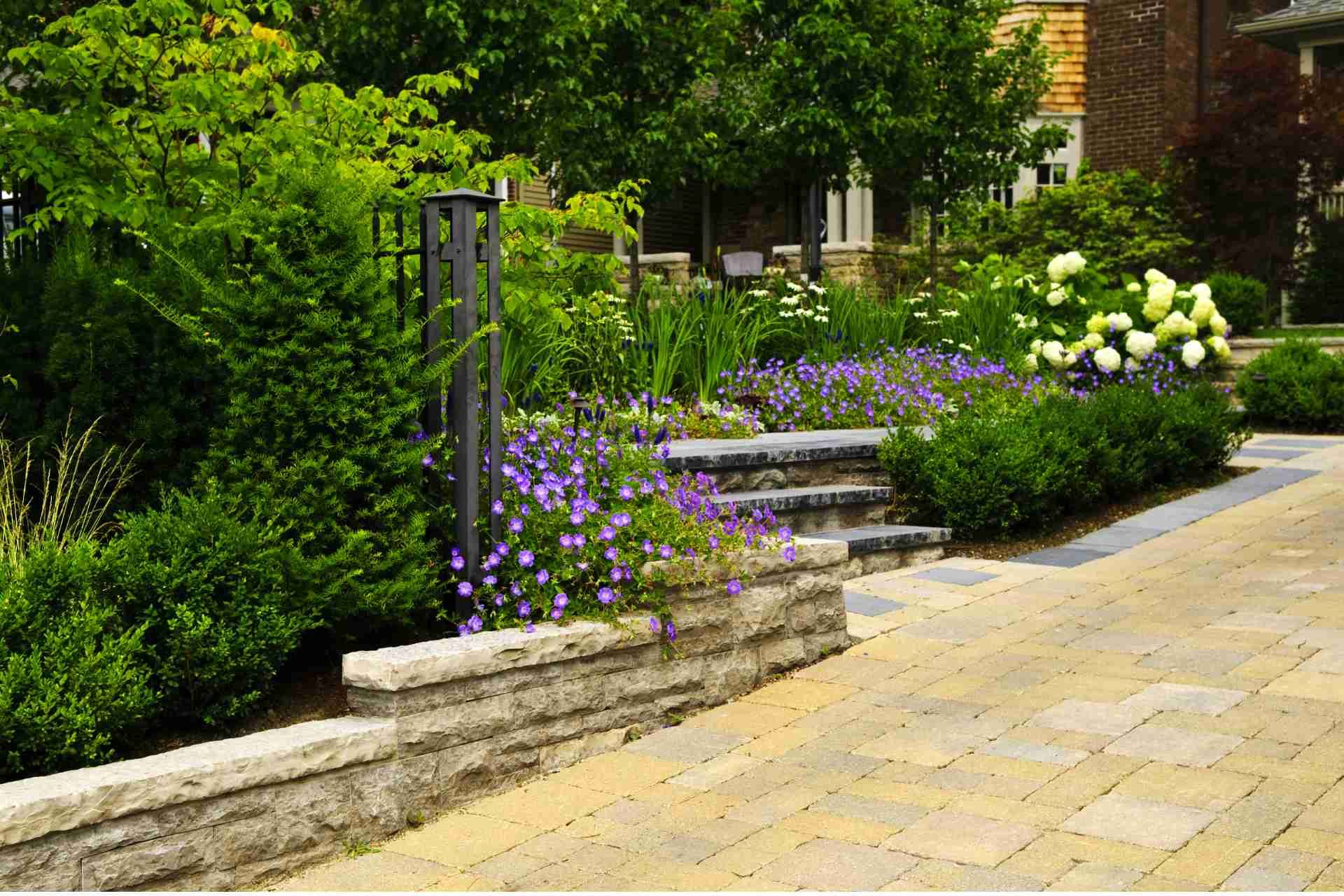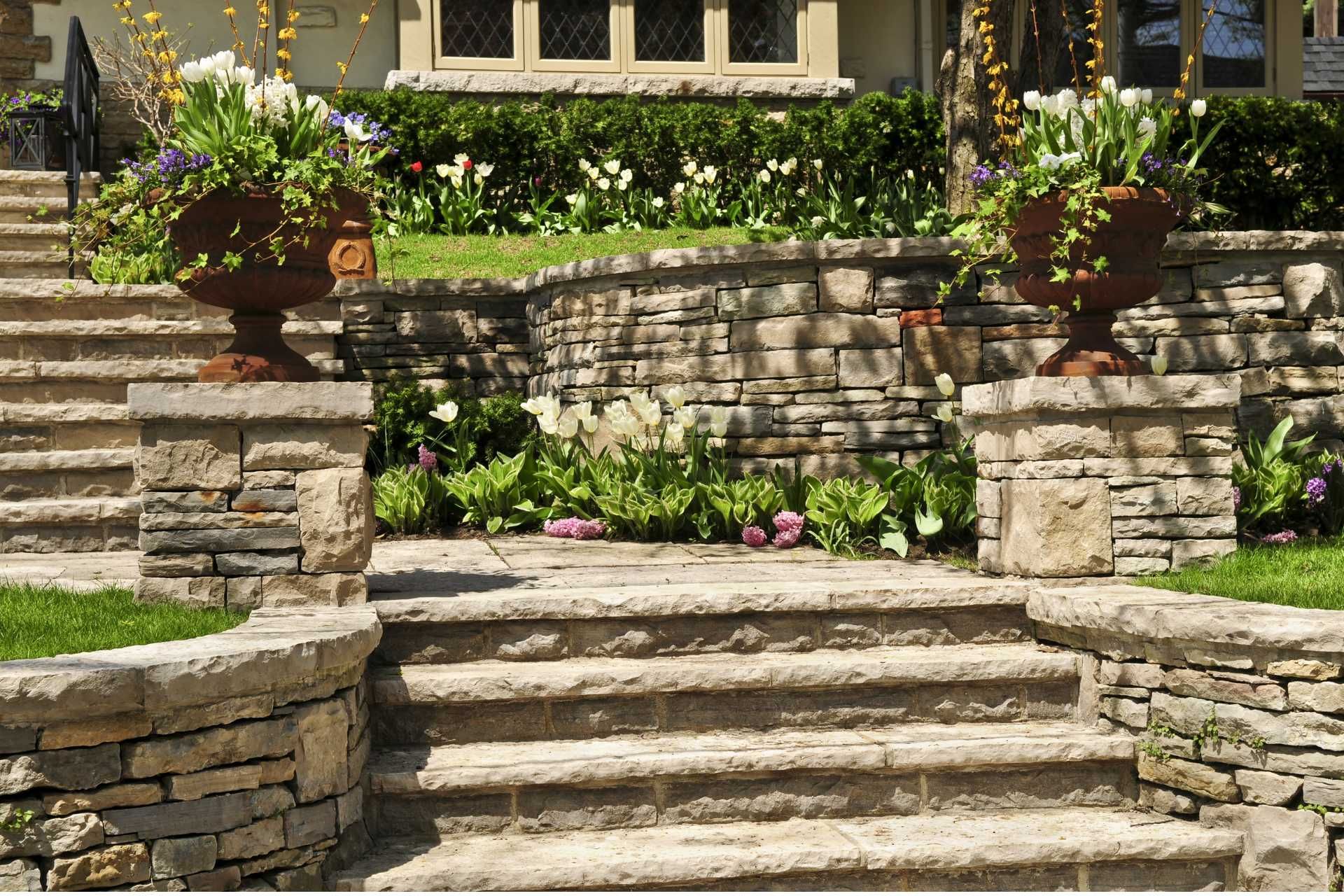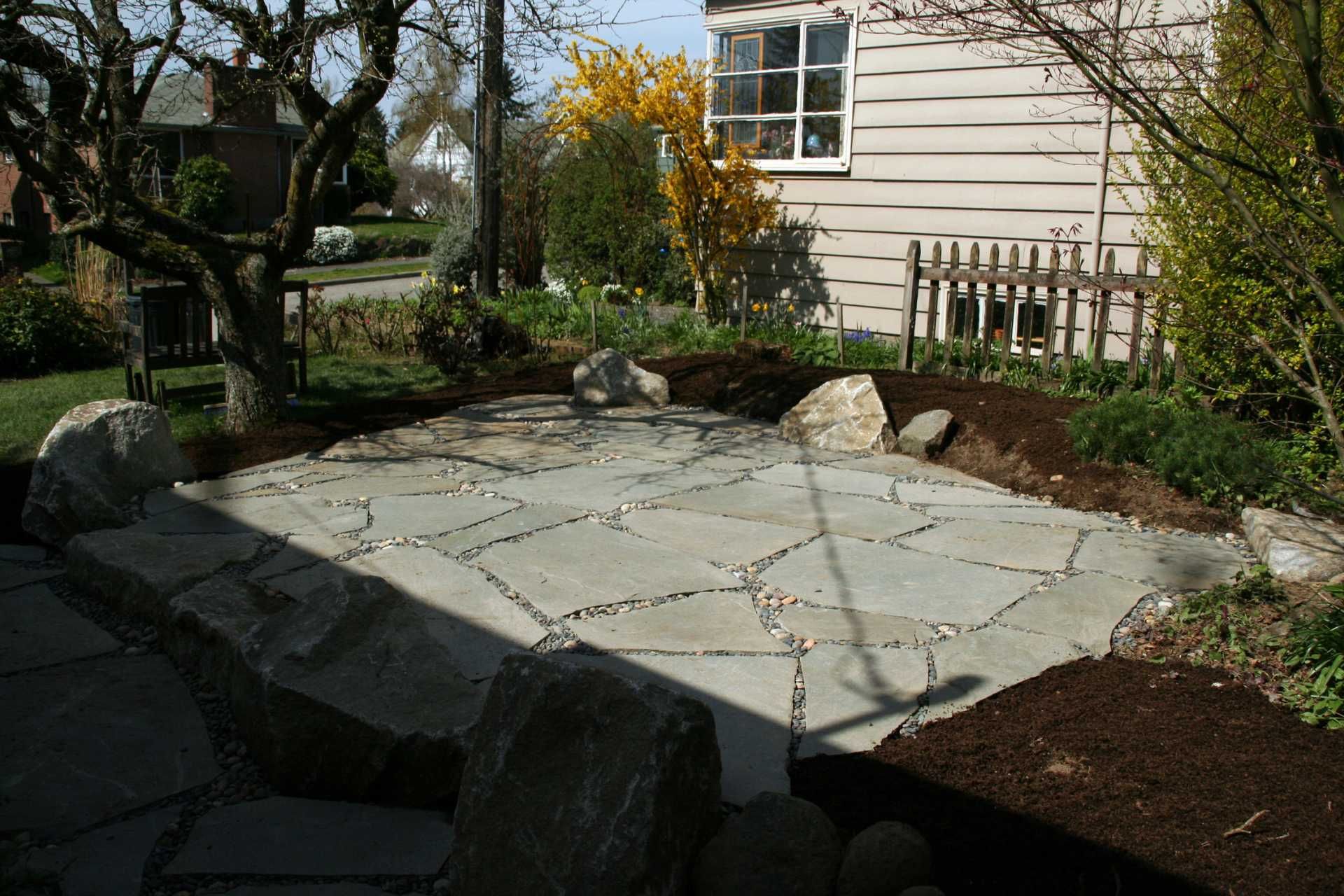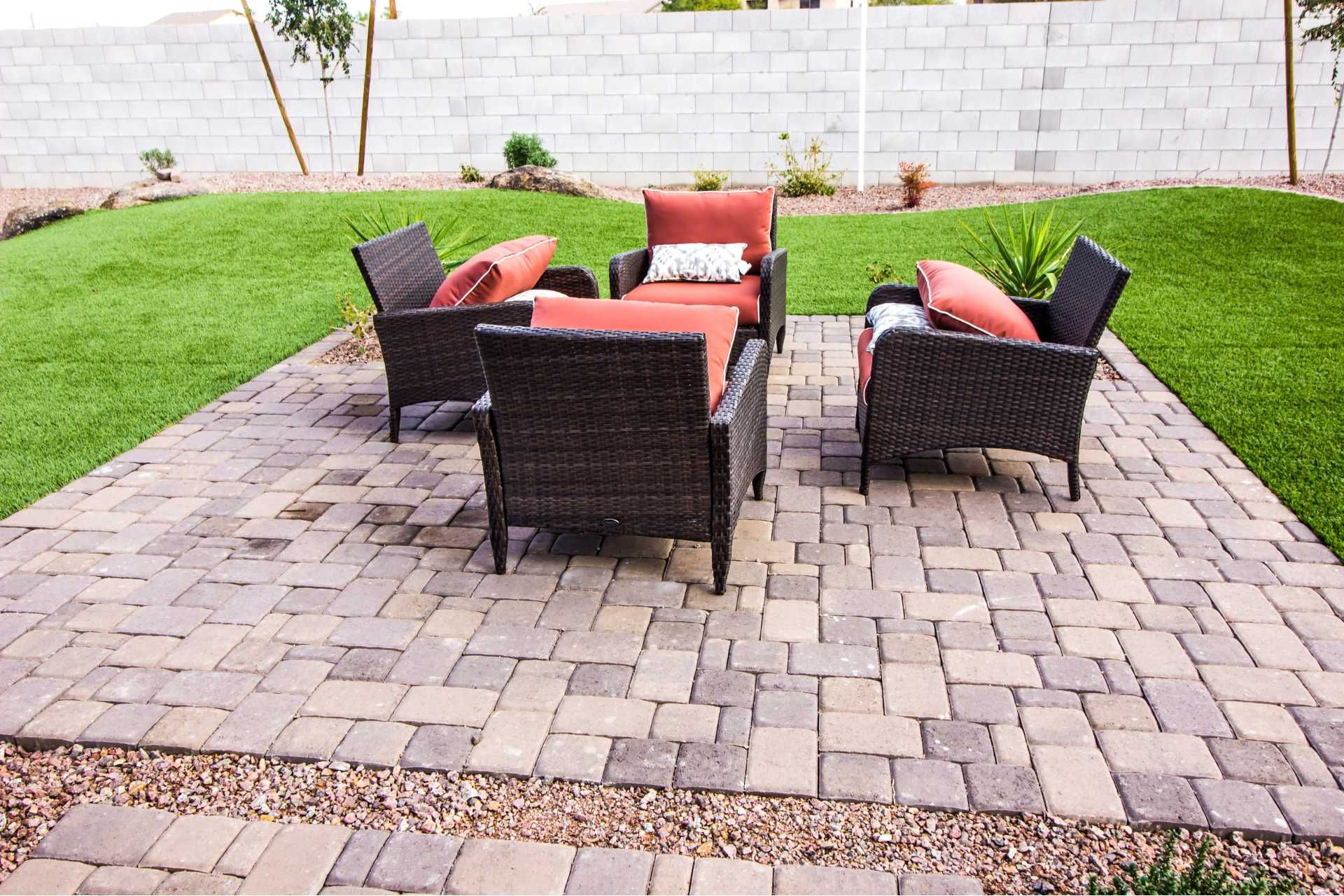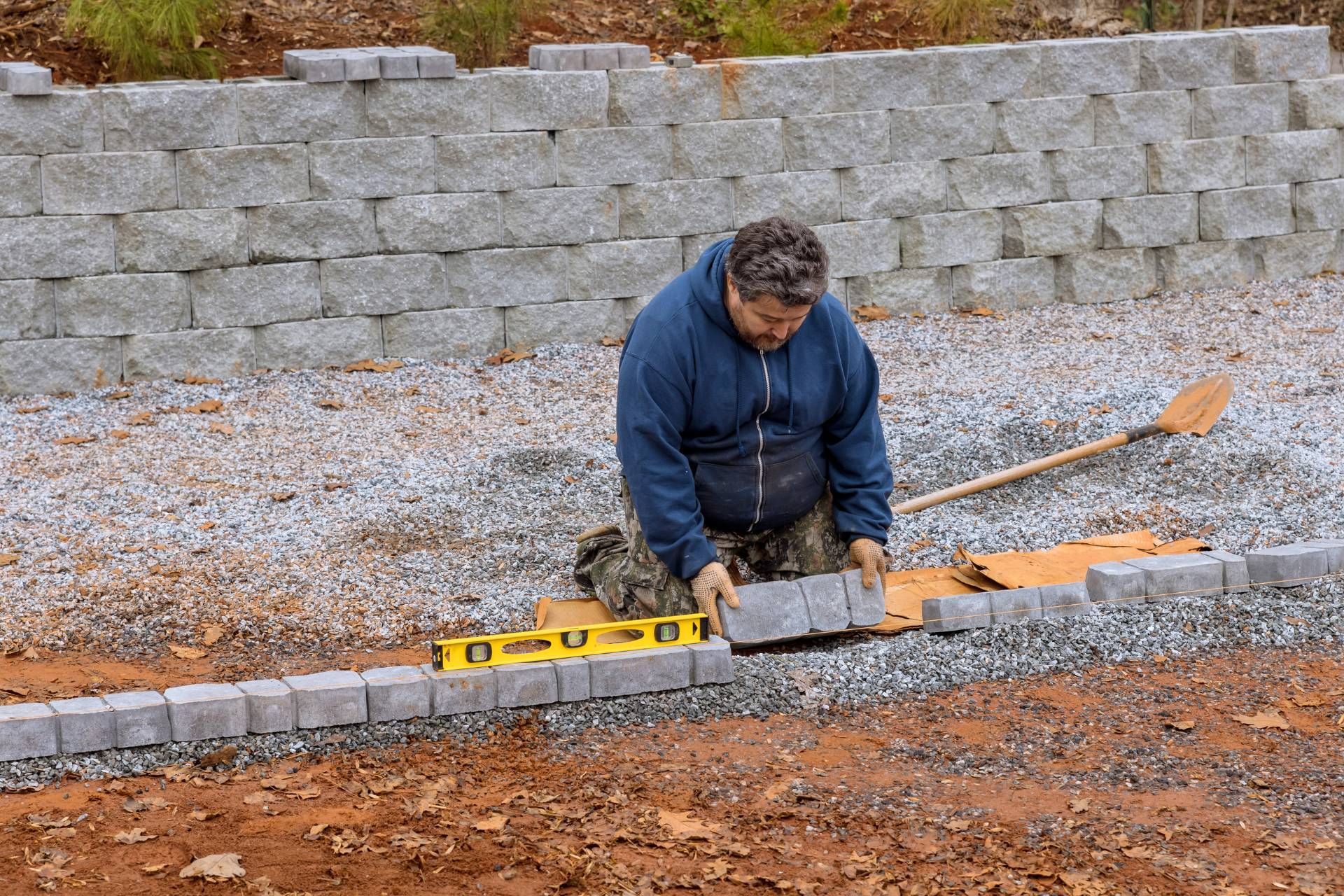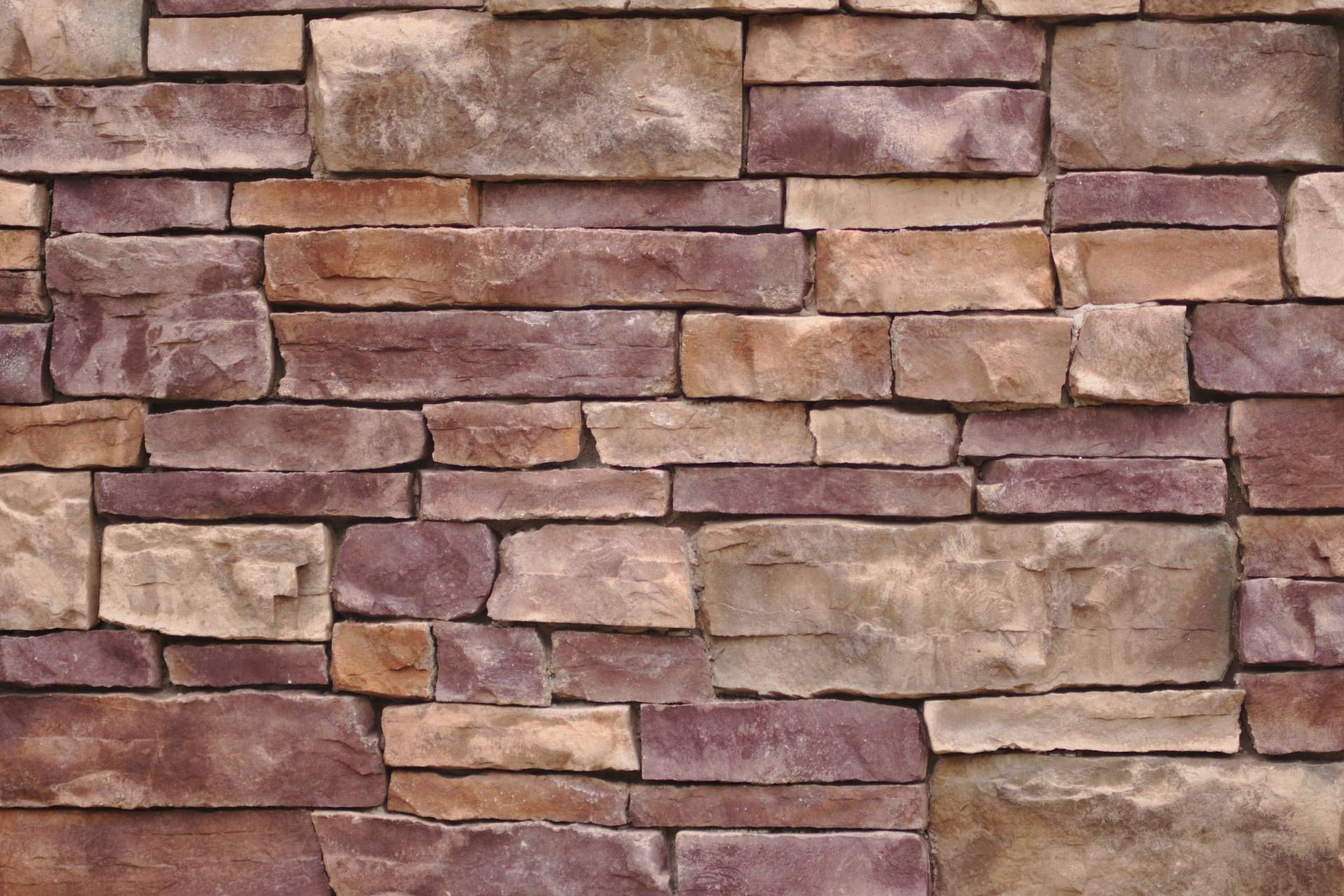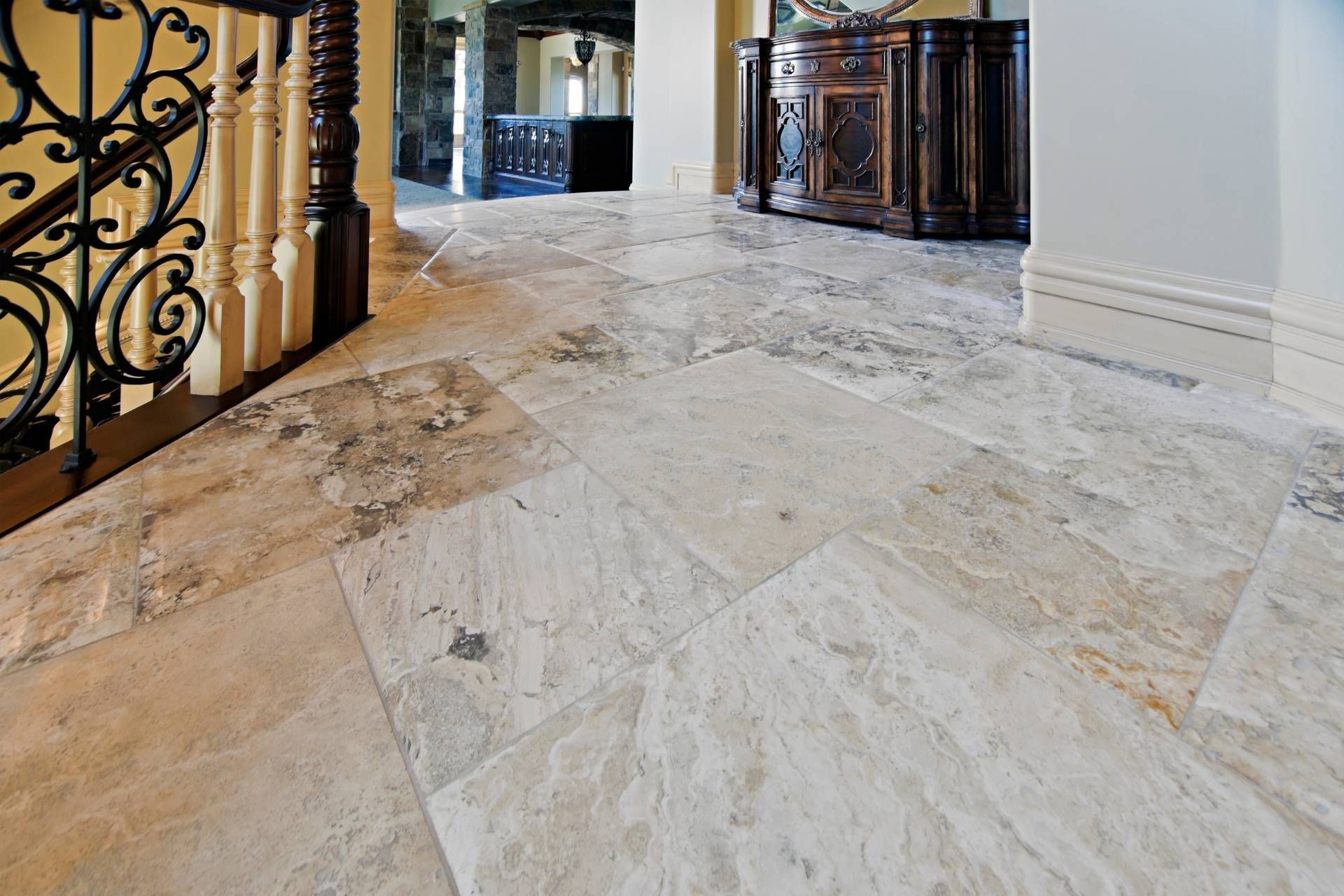Best Options for Outdoor Flooring
When it comes to designing your outdoor space, choosing the right flooring is essential for creating a functional and visually appealing area. From patios and decks to porches and walkways, outdoor flooring plays a crucial role in determining the overall look and feel of your exterior living space.
In this blog post, we will explore some of the best options for outdoor flooring, helping you to create a welcoming and versatile outdoor area that you can enjoy for years to come.
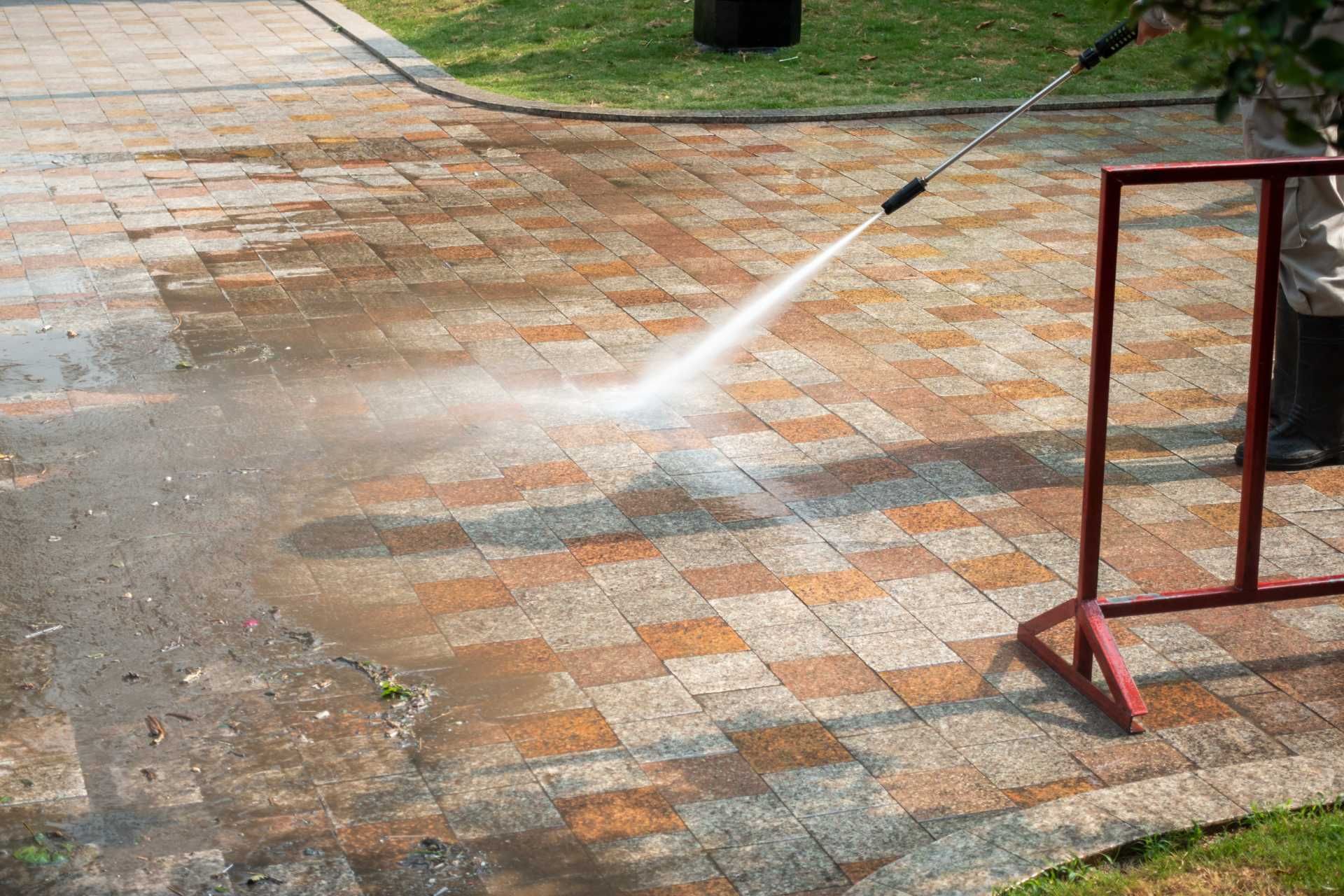
Porcelain Tiles
Porcelain tiles are a great option for outdoor flooring due to their durability, low maintenance, and ability to resist moisture and stains. They are also available in a wide range of colors, patterns, and styles, allowing you to create a custom look for your outdoor space.
However, there are also some drawbacks to using porcelain tiles for outdoor applications. Here are some pros and cons of using porcelain tiles for outdoor flooring:
Pros:
- Durability: Porcelain tiles are extremely durable and resistant to wear and tear. They are highly resistant to scratches and stains, making them ideal for high-traffic areas.
- Low maintenance: Porcelain tiles are easy to clean and require minimal maintenance. They are also resistant to water and moisture, making them suitable for areas such as bathrooms and kitchens.
- Versatility: Porcelain tiles come in a wide range of colors, patterns, and finishes, allowing for endless design possibilities. They can mimic the look of natural stone or wood at a fraction of the cost.
- Hygienic: Porcelain tiles are non-porous, which means they do not absorb bacteria, odors, or allergens. This makes them a hygienic choice for areas where cleanliness is important.
- Eco-friendly: Porcelain tiles are made from natural materials such as clay and sand, making them an environmentally friendly choice.
Cons:
- Cost: Porcelain tiles can be more expensive than other types of tile, such as ceramic or vinyl. However, their durability and low maintenance make them a long-term investment.
- Installation: Porcelain tiles can be difficult to install, especially for DIY projects. It is recommended to hire a professional installer to ensure a proper and long-lasting installation.
- Cold to the touch: Porcelain tiles can feel cold underfoot, especially in colder climates. Adding underfloor heating can help to alleviate this issue.
- Heavy: Porcelain tiles are heavy and may require additional structural support, especially for wall installations. It is important to consider the weight of the tiles before installation.
- Slippery when wet: Some porcelain tiles can be slippery when wet, posing a potential hazard, especially in bathrooms or kitchens. Choosing a textured or non-slip surface can help to reduce the risk of slips and falls.
Ceramic Tiles
Ceramic tiles are a popular choice for outdoor flooring, as they are durable, easy to clean, and come in a wide range of styles and colors. When choosing ceramic tiles for outdoor use, it is important to select ones that are rated for exterior use and are frost-resistant to withstand the elements.
Pros:
- Durable and long-lasting: Ceramic tiles are strong and can withstand outdoor elements such as rain, snow, and UV rays, making them a long-lasting choice for outdoor flooring.
- Low maintenance: Ceramic tiles are easy to clean and require minimal maintenance, saving time and effort in the long run.
- Wide variety of styles and designs: Ceramic tiles come in a variety of styles, colors, and patterns, allowing for customization and personalization of outdoor spaces.
- Slip-resistant: Many ceramic tiles are designed to be slip-resistant, making them a safe option for outdoor flooring, especially around pools or in areas prone to wetness.
- Eco-friendly: Ceramic tiles are made from natural materials and are recyclable, making them an environmentally-friendly choice for outdoor flooring.
Cons:
- Cost: Ceramic tiles can be more expensive than other outdoor flooring options such as concrete or wood.
- Installation: Installing ceramic tiles can be more labor-intensive and require professional help, adding to the overall cost.
- Cold surface: Ceramic tiles can feel cold on bare feet, especially in cooler climates, making them less comfortable for outdoor use during colder months.
- Prone to cracking: Ceramic tiles can crack or chip if heavy objects are dropped on them or if they are not properly installed on a stable and level surface.
- Limited heat resistance: Some ceramic tiles may not be able to withstand high levels of heat, so they may not be suitable for outdoor areas that get a lot of direct sunlight.
Natural Stone
Natural stone, such as slate, flagstone, or limestone, creates a beautiful and timeless look for outdoor flooring. It is durable and can withstand all types of weather conditions.
Here are some common
types of natural stone used for outdoor flooring:
Flagstone
Flagstone is a flat, natural stone that is commonly used for outdoor patios, walkways, and pool decks. Its irregular shape and earthy tones give a rustic, natural look.
Slate
Slate is a fine-grained, metamorphic rock that comes in a variety of colors, including grey, black, green, and rust. Its slip-resistant surface makes it ideal for outdoor areas such as pool decks and patios.
Limestone
Limestone is a sedimentary rock that is durable and can withstand the elements. It comes in a range of colors, from creamy whites to warm beiges, making it a versatile choice for outdoor flooring.
Sandstone
Sandstone is a sedimentary rock that is known for its striking colors and natural texture. It is commonly used for outdoor patios, walkways, and garden paths.
Granite
Granite is a hard, durable natural stone that is resistant to scratches and stains. Its natural beauty and wide range of colors make it a popular choice for outdoor flooring, particularly in high-traffic areas.
Pros:
- Durability: Natural stone is extremely durable and can withstand heavy foot traffic, inclement weather, and other outdoor elements without easily wearing down.
- Versatility: Natural stone comes in a wide variety of colors, shapes, and sizes, giving you plenty of options to create a unique and personalized outdoor space.
- Aesthetic appeal: Natural stone is known for its beauty and elegance, adding a touch of luxury to any outdoor area.
- Low maintenance: Natural stone is relatively easy to maintain, requiring only occasional cleaning and sealing to keep it looking its best.
- Long lifespan: With proper care and maintenance, natural stone flooring can last for decades, making it a cost-effective option in the long run.
Cons:
- Cost: Natural stone flooring can be more expensive than other outdoor flooring options, such as concrete or wood.
- Slippery when wet: Some types of natural stone, such as marble or polished granite, can be slippery when wet, posing a safety hazard for outdoor spaces.
- Porosity: Natural stone is porous, which can make it susceptible to staining from spills or other outdoor elements. Regular sealing can help prevent this issue.
- Weight: Natural stone is heavy, which can make installation more labor-intensive and costly compared to other outdoor flooring materials.
- Limited availability: Some types of natural stone may be harder to source locally, leading to longer lead times and higher transportation costs.
Wood Decking
Wood decking is a popular choice for outdoor flooring due to its natural beauty, durability, and versatility. It provides a warm and inviting atmosphere to any outdoor space, whether it's a deck, patio, or poolside area. Wood decking comes in a variety of materials, including pressure-treated lumber, cedar, redwood, and tropical hardwoods like ipe and teak.
Pros:
- Natural Beauty: Wood decking adds a warm and natural aesthetic to outdoor spaces, enhancing the overall look of your property.
- Durability: With proper maintenance and care, wood decking can last for many years, making it a long-lasting and durable option for outdoor flooring.
- Versatility: Wood decking can be stained or painted in a variety of colors to match your design preferences and outdoor décor.
- Easy to Install: Wood decking is relatively easy to install, making it a popular choice for DIY projects.
- Resistant to Slipping: Wood decking usually provides a relatively slip-resistant surface, making it a safe option for outdoor spaces.
Cons:
- Maintenance: Wood decking requires regular maintenance, including cleaning, sealing, and staining to prevent rot, decay, and damage from the elements.
- Prone to Damage: Wood decking is susceptible to damage from moisture, rot, insects, and UV rays, which can lead to warping, splintering, and cracking over time.
- Cost: Wood decking can be more expensive than other outdoor flooring options, such as concrete or composite decking.
- Environmental Impact: Wood decking is often made from hardwoods that are sourced from unsustainable forests, leading to deforestation and environmental concerns.
- Prone to Fading: Wood decking can fade over time due to exposure to sunlight and weather, requiring regular maintenance to keep its color and finish.
Composite Decking
Composite decking is a popular choice for outdoor flooring because it offers the look and feel of real wood without the maintenance and upkeep. Made from a combination of wood fibers and recycled plastic, composite decking is resistant to termites, rot, and UV rays, making it a durable and long-lasting option for outdoor spaces.
Pros:
- Low maintenance: Composite decking requires minimal upkeep compared to wood decking. It does not need to be stained, painted, or sealed, and it is resistant to rot, warping, and insect damage.
- Durability: Composite decking is made from a combination of wood fibers and recycled plastic, making it resistant to fading, staining, and scratching. It can withstand harsh weather conditions and heavy foot traffic.
- Eco-friendly: Composite decking is made from recycled materials and does not require the cutting down of trees like traditional wood decking.
- Variety of colors and styles: Composite decking comes in a wide range of colors, textures, and finishes to suit any outdoor design aesthetic.
- Longevity: Composite decking has a longer lifespan than wood decking, typically lasting 25-30 years or more.
Cons:
- Cost: Composite decking can be more expensive upfront than wood decking. However, the low maintenance and durability of composite decking can offset the initial cost over time.
- Heat retention: Composite decking can get hot in direct sunlight, making it uncomfortable to walk on barefoot during the summer months.
- Limited structural flexibility: Composite decking is not as versatile as wood decking in terms of cutting and shaping, so it may not be suitable for intricate designs or custom shapes.
- Susceptible to mold and mildew: While composite decking is resistant to rot and insect damage, it can still be susceptible to mold and mildew growth if not properly maintained.
- Slippery when wet: Some types of composite decking can become slippery when wet, posing a safety hazard, especially around pools or in areas prone to moisture.
Rubber Pavers
Rubber pavers are a popular choice for outdoor flooring due to their durability and versatility. These pavers are made from recycled rubber materials, making them environmentally friendly and long-lasting. They are also slip-resistant, making them ideal for areas such as pool decks, patios, and outdoor walkways.
Pros:
- Durability: Rubber pavers are highly durable and able to withstand heavy foot traffic, harsh weather conditions, and UV rays without deteriorating. They are also resistant to mold, mildew, and moisture, making them ideal for outdoor use.
- Safety: One of the biggest advantages of rubber pavers is their slip-resistant surface, which helps prevent accidents and injuries. This makes them a great choice for areas that are prone to moisture, such as pool decks or patios.
- Easy maintenance: Rubber pavers are relatively low maintenance compared to other outdoor flooring options. They can be easily cleaned with a broom, hose, or pressure washer, and they do not require sealing or special treatments.
- Eco-friendly: Rubber pavers are often made from recycled rubber, making them an environmentally friendly choice for outdoor flooring. By using recycled materials, you are helping to reduce waste and support sustainability.
Cons:
- Limited design options: Rubber pavers may not offer as many design options as other outdoor flooring materials, such as concrete or natural stone. They are available in limited colors and patterns, which may not suit all aesthetic preferences.
- Cost: While the upfront cost of rubber pavers may be higher than some other outdoor flooring options, their long-term durability and low maintenance requirements can offset this initial investment.
- Heat retention: Rubber pavers can absorb heat from the sun and become hot to the touch, especially in warmer climates. This can be uncomfortable for bare feet and may require additional precautions, such as placing rugs or mats over the surface.
- Installation: Installing rubber pavers can be labor-intensive and may require professional assistance, especially for larger areas. It is important to ensure that the pavers are properly installed to prevent shifting or uneven surfaces over time.
Artificial Grass
Artificial grass is a popular choice for outdoor flooring as it provides a low-maintenance and durable option for creating a green space in your outdoor area. It is made from synthetic materials that are designed to look and feel like real grass, but without the need for watering, mowing, or fertilizing.
Artificial grass is also versatile and can be used in a variety of outdoor spaces, such as patios, decks, balconies, and even rooftop gardens. It is an ideal choice for areas that receive a lot of foot traffic, as it is able to withstand heavy use without showing wear and tear.
Pros:
- Low maintenance: Artificial grass requires minimal maintenance compared to natural grass. It does not need to be mowed, watered, or fertilized regularly, saving time and money.
- Long-lasting: Artificial grass is durable and can withstand heavy foot traffic, pet use, and harsh weather conditions. It will maintain its appearance for many years.
- Saves water: Since artificial grass does not require watering, it helps conserve water and is environmentally friendly.
- All-weather usage: Artificial grass can be used in any weather condition, as it does not become muddy or patchy like natural grass.
- Pest-free: Artificial grass does not attract pests like insects or rodents, making it a clean and safe option for outdoor flooring.
Cons:
- Initial cost: The upfront cost of installing artificial grass can be expensive compared to natural grass. However, the long-term savings on maintenance and water usage can offset this initial expense.
- Heat retention: Artificial grass can get hot during the summer months, making it uncomfortable to walk on barefoot. This can be mitigated by selecting a lighter-colored artificial grass with a cooler infill material.
- Limited natural aesthetics: While artificial grass is designed to look like natural grass, some people may prefer the look and feel of real grass for their outdoor space.
- Environmental impact: Artificial grass is made from synthetic materials that are not biodegradable and can contribute to waste when it needs to be replaced. Some manufacturers are working to create more sustainable options.
- Installation challenges: Proper installation of artificial grass requires expertise and the right materials. Improper installation can lead to issues such as uneven surfaces, drainage problems, or wrinkling of the grass.
Find the Best Outdoor Flooring at NH Thinstone
NH Thinstone provides a wide selection of high-quality outdoor flooring options to meet your needs and enhance the beauty of your outdoor space. With our expertise and excellent customer service, you can
trust NH Thinstone to help you find the perfect outdoor flooring solution for your project.
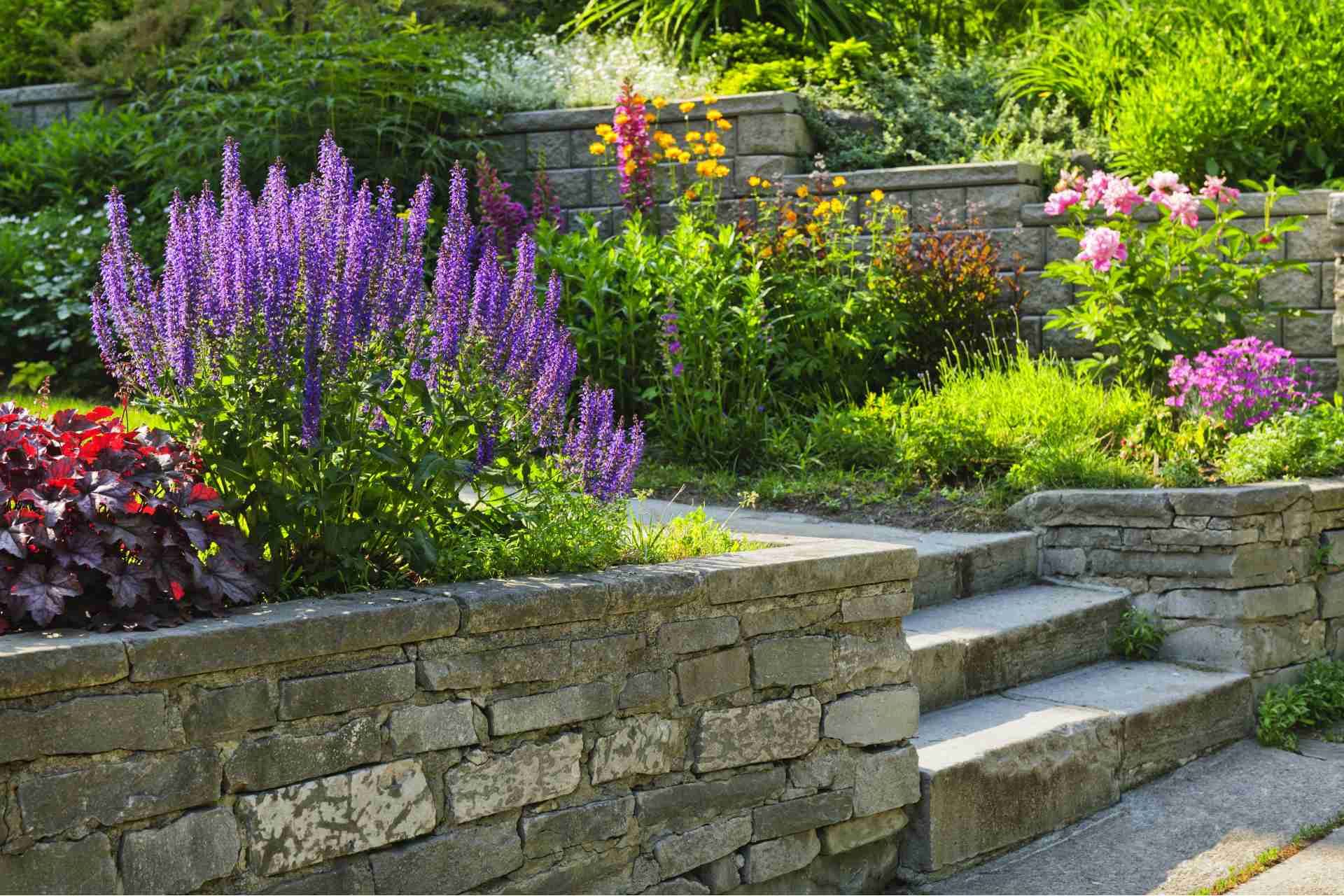

NH Thinstone
760 NH-16
Ossipee, NH 03864
CALL US
Phone: (603) 837-6685
EMAIL US
Email: ordersnht@gmail.com
HOURS
- Monday
- -
- Tuesday
- -
- Wednesday
- -
- Thursday
- -
- Friday
- -
- Saturday
- Appointment Only
- Sunday
- Appointment Only
Copyright © 2023 NH Thinstone, All Rights Reserved.

